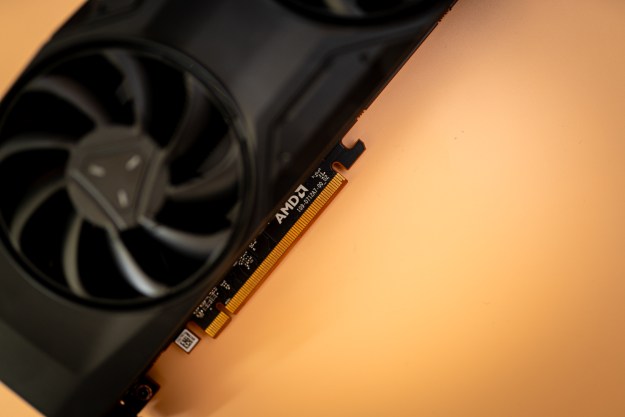Nvidia will soon be powering its version of the metaverse with the same robust infrastructure that powers the company’s GeForce Now cloud gaming platform. Nvidia revealed Omniverse Cloud during its GTC 2022 keynote, which brings Nvidia’s suite of metaverse tools to nearly any PC.
Although Omniverse has been around for years, this is the first time we’re seeing the suite of tools in the cloud. By leveraging GeForce Now’s graphics power, many more developers and creators will be able to instantly access the hardware, apps, and resources needed to contribute. “With Omniverse in the cloud, we can connect teams worldwide to design, build, and operate virtual worlds and digital twins,” Nvidia CEO Jensen Huang said.

Nvidia announced its plans to bring Omniverse tools to the cloud earlier this year, including Omniverse App Streaming. That work is done, and support for streaming Omniverse apps will start rolling out for some users shortly. In a briefing with press, Nvidia reiterated that GeForce Now’s infrastructure covers over 100 regions, though it didn’t say if Omniverse Cloud would come to all of them.
Apps like Omniverse Create and Omniverse View will be available for streaming to help design these virtual worlds and get feedback on the work. Nvidia is also making available its Isaac Sim app, which assists with testing and training robots in the Omniverse before deployment in the real world. Some of these tools are already available to researchers via Nvidia’s GPU Cloud, including Isaac Sim, Omniverse Farm cloud computing service, and Omniverse Replicator, which simulates physical reality to generate accurate synthetic data for researchers.
For everyone else, Omniverse Cloud will be the best way to access these advanced tools. Nvidia’s Omniverse Cloud is launching first as an early access service that requires you to fill out an application and be approved before accessing Nvidia’s App Streaming. Eventually, it will roll out to more people and the work that needs to be done will accelerate.
Editors' Recommendations
- Nvidia RTX 50-series graphics cards: news, release date, price, and more
- Nvidia just made GeForce Now so much better
- Here’s how AMD counters Nvidia’s big RTX Super launch
- Asus’ new RTX 4090 shattered GPU overclocking records, and you’ll be able to buy it soon
- What is ray tracing, and how will it change games?




